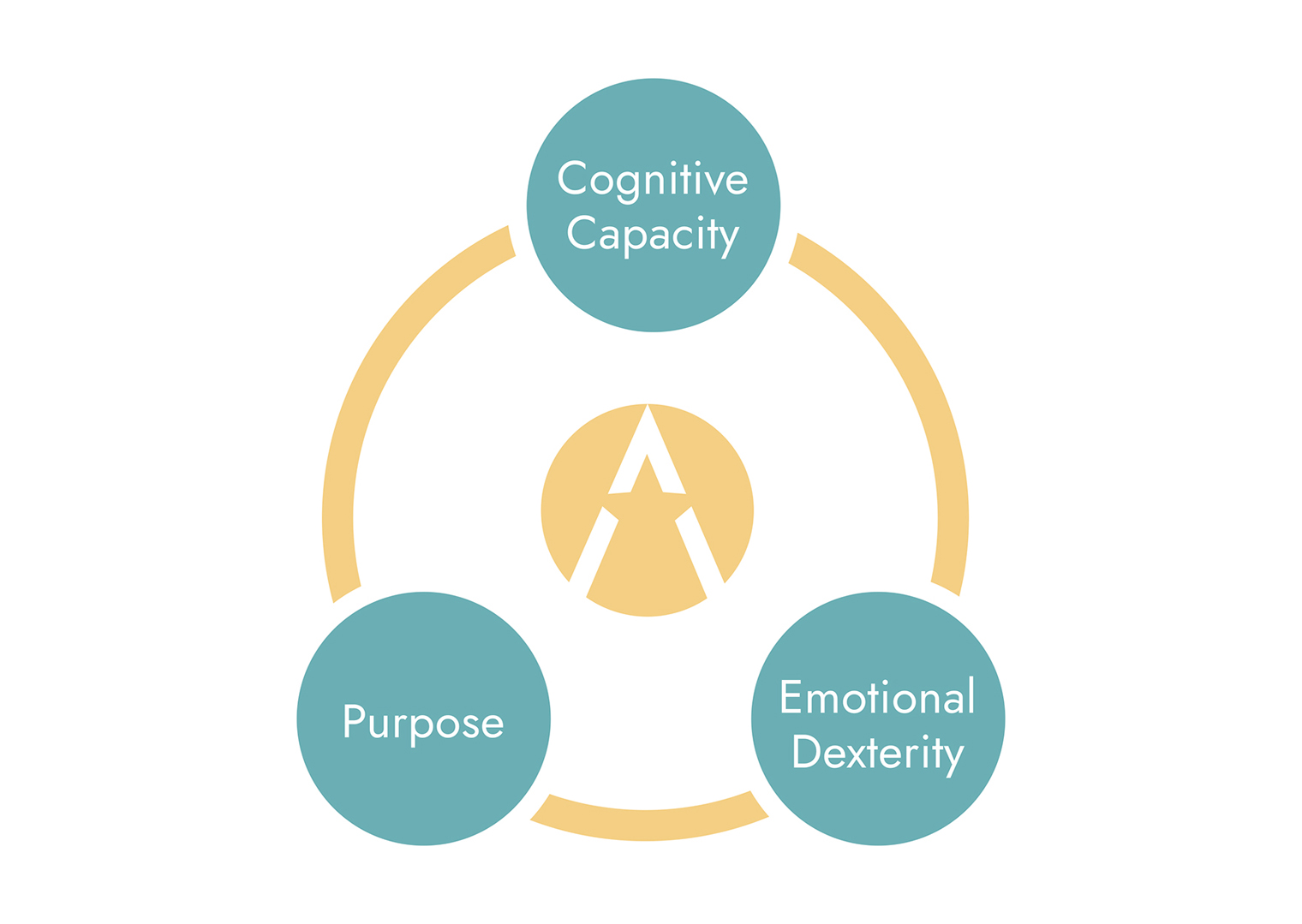Leadership in crisis – Part 2: So what now?
Insight

In part 1, I laid out the unprecedented context we find ourselves grappling with. I explored some historic leadership trends and the principles of paradoxes and dilemmas which set the scene for the current challenge to which leaders need to respond. Here in part 2, I share my perspective on the attributes needed now and how we identify standout talent.
There remains non controversially, an assumption that leaders need to be intelligent, which can be demonstrated through academic achievement or the measurement of IQ. There is also widespread recognition that intelligence alone is not enough and that the ability to connect with and manage emotions has an important role to play as leaders need to work with and influence others.
Whilst these principles sustain, in their simplest form they don’t feel like quite enough anymore. Accepting that we need leaders who can “dance on both sides of a sword,” who can ride two horses simultaneously and to walk the leadership tightrope without falling off, I am advocating for an upgrade of the IQ/EQ approach as shown below:

Cognitive Capacity here is defined as the ability to make meaning, navigate complexity, understand causality and hold multiple perspectives, and Emotional Dexterity as the ability to effectively recognise, understand and manage a wider range of emotions both within yourself and in others. Leaders with these capabilities are much more than smart and personable and catalysed by a sense of Purpose they can be the real game changers.
Talent spotting
Vertical development tools such as the Leadership Development Profile (LDP) are a helpful way of identifying individual Cognitive Capacity. These tools explore perspective taking, meaning making, self-concept and complexity navigation far beyond standard IQ testing. Emotional Dexterity can be explored through a broad sweep of five factor personality tools such as the Hogan Suite or firo-b. The combination of these two approaches can build you a rich picture of your leadership potential as well as provide positive development opportunities. We believe that this approach empowers individual leaders to recognise what they bring at a moment in time and a route to growth that can both motivate and engage.
In part 3 I will share an organisational approach to building a leadership culture that is set up to successfully navigate the reality we find ourselves in.
